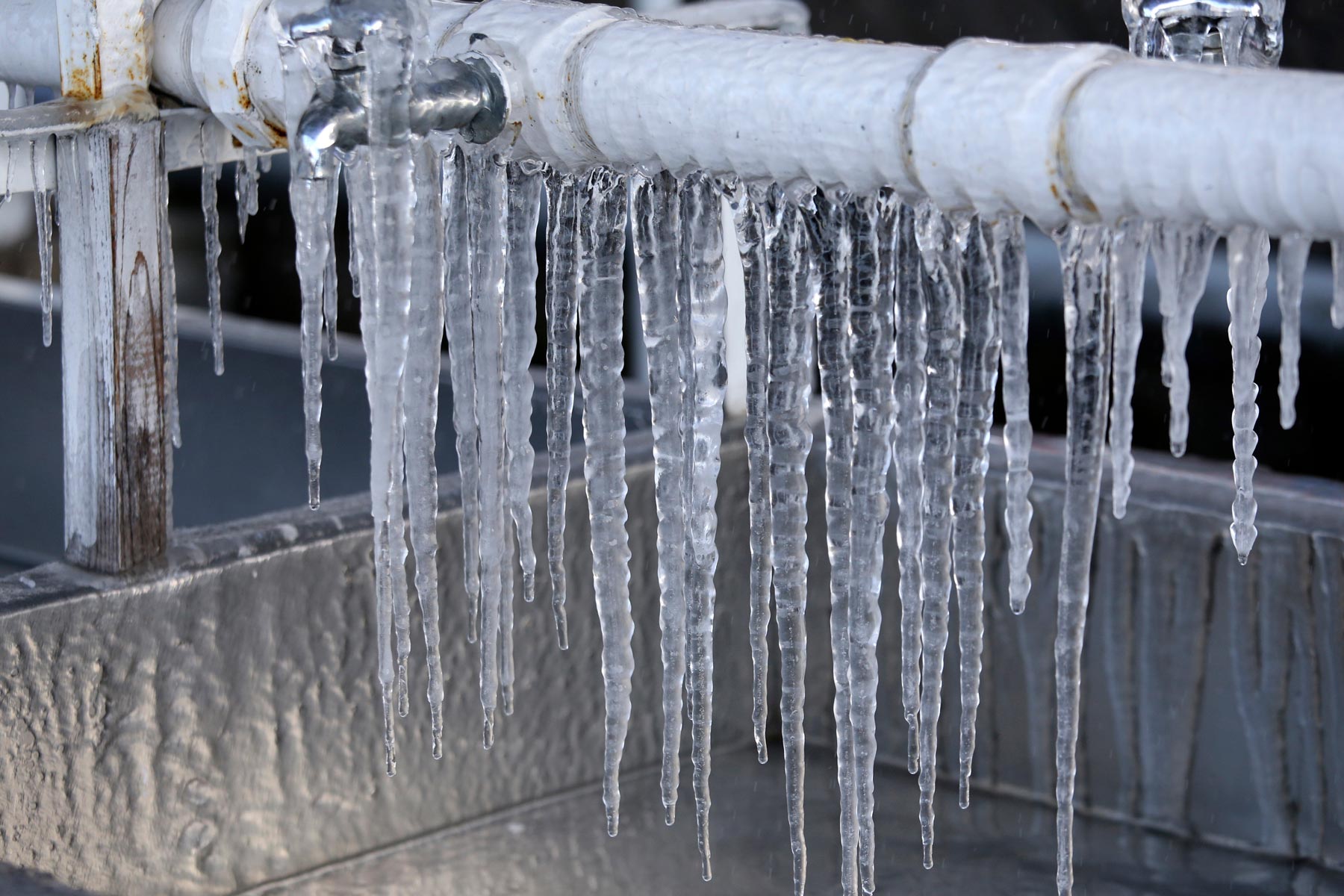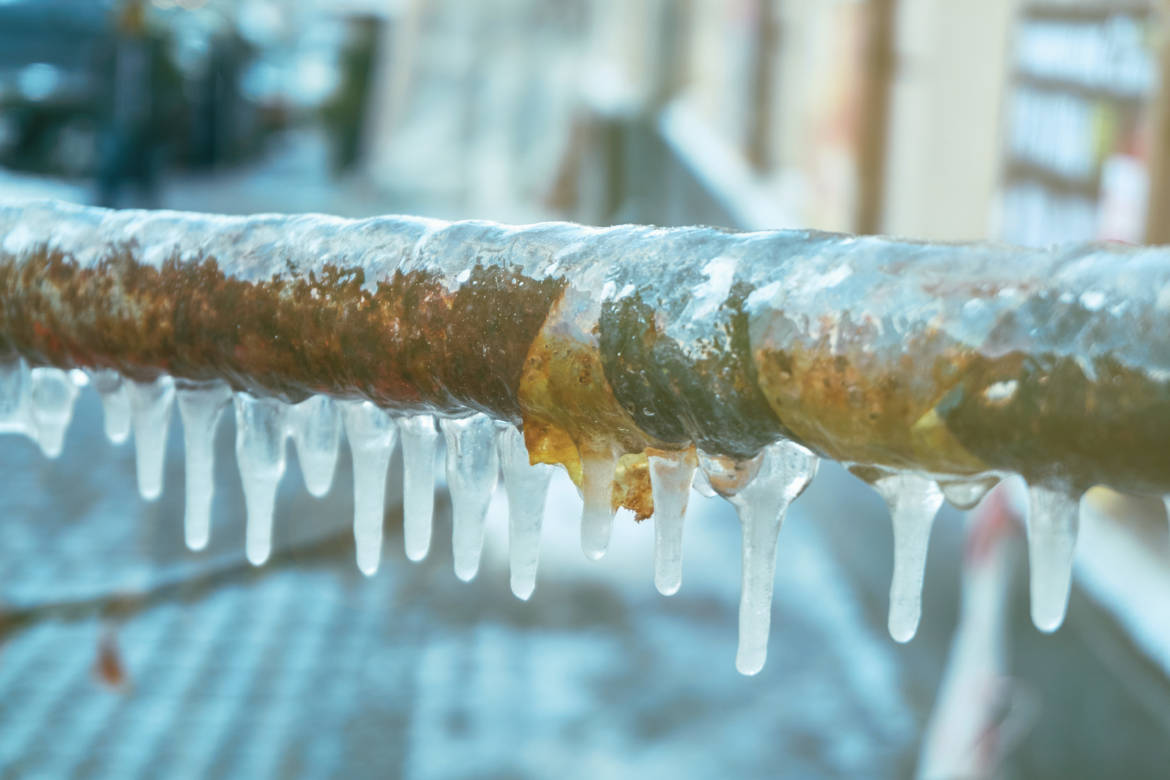Tips to Avoid Frozen Pipes in Cold Weather: Professional Guidance
Tips to Avoid Frozen Pipes in Cold Weather: Professional Guidance
Blog Article
This article further down in relation to How to Prevent Your Pipes From Freezing is unquestionably captivating. Have a go and make your own conclusions.

Winter can damage your plumbing, specifically by freezing pipes. Right here's how to prevent it from taking place and what to do if it does.
Introduction
As temperature levels decline, the threat of frozen pipes increases, potentially bring about expensive fixings and water damage. Comprehending exactly how to avoid icy pipes is important for home owners in cold environments.
Prevention Tips
Insulating at risk pipes
Wrap pipelines in insulation sleeves or utilize warm tape to protect them from freezing temperatures. Focus on pipes in unheated or exterior areas of the home.
Home heating methods
Keep interior spaces effectively heated, particularly locations with pipes. Open up cabinet doors to enable cozy air to flow around pipelines under sinks.
Exactly how to determine icy pipelines
Look for decreased water circulation from faucets, uncommon smells or noises from pipes, and noticeable frost on revealed pipelines.
Long-Term Solutions
Structural changes
Take into consideration rerouting pipelines away from exterior walls or unheated locations. Include added insulation to attics, cellars, and crawl spaces.
Updating insulation
Purchase premium insulation for pipelines, attics, and walls. Proper insulation aids keep constant temperature levels and minimizes the danger of frozen pipes.
Safeguarding Exterior Pipes
Garden hose pipes and outdoor faucets
Disconnect and drain pipes garden hose pipes prior to winter. Install frost-proof spigots or cover exterior faucets with insulated caps.
Recognizing Frozen Pipelines
What triggers pipelines to ice up?
Pipes freeze when revealed to temperature levels listed below 32 ° F (0 ° C) for expanded durations. As water inside the pipelines freezes, it expands, putting pressure on the pipe walls and potentially creating them to burst.
Threats and damages
Icy pipes can lead to water system disruptions, property damages, and expensive repair work. Burst pipelines can flooding homes and cause comprehensive architectural damage.
Signs of Frozen Piping
Recognizing frozen pipelines early can avoid them from breaking.
What to Do If Your Pipelines Freeze
Immediate actions to take
If you presume icy pipelines, keep taps open to soothe stress as the ice thaws. Make use of a hairdryer or towels taken in warm water to thaw pipes gradually.
Final thought
Protecting against icy pipes calls for positive actions and fast reactions. By understanding the causes, signs, and safety nets, property owners can protect their pipes during winter.
5 Ways to Prevent Frozen Pipes
Drain Outdoor Faucets and Disconnect Hoses
First, close the shut-off valve that controls the flow of water in the pipe to your outdoor faucet. Then, head outside to disconnect and drain your hose and open the outdoor faucet to allow the water to completely drain out of the line. Turn off the faucet when done. Finally, head back to the shut-off valve and drain the remaining water inside the pipe into a bucket or container. Additionally, if you have a home irrigation system, you should consider hiring an expert to clear the system of water each year.
Insulate Pipes
One of the best and most cost-effective methods for preventing frozen water pipes is to wrap your pipes with insulation. This is especially important for areas in your home that aren’t exposed to heat, such as an attic. We suggest using foam sleeves, which can typically be found at your local hardware store.
Keep Heat Running at 65
Your pipes are located inside your walls, and the temperature there is much colder than the rest of the house. To prevent your pipes from freezing, The Insurance Information Institute suggests that you keep your home heated to at least 65 degrees, even when traveling. You may want to invest in smart devices that can keep an eye on the temperature in your home while you’re away.
Leave Water Dripping
Moving water — even a small trickle — can prevent ice from forming inside your pipes. When freezing temps are imminent, start a drip of water from all faucets that serve exposed pipes. Leaving a few faucets running will also help relieve pressure inside the pipes and help prevent a rupture if the water inside freezes.
Open Cupboard Doors
Warm your kitchen and bathroom pipes by opening cupboards and vanities. You should also leave your interior doors ajar to help warm air circulate evenly throughout your home.

I discovered that review about How to prepare your home plumbing for winter weather while exploring the web. Sharing is caring. You never know, you may very well be helping someone out. Kudos for being here. Revisit us soon.
Schedule Your Service Report this page